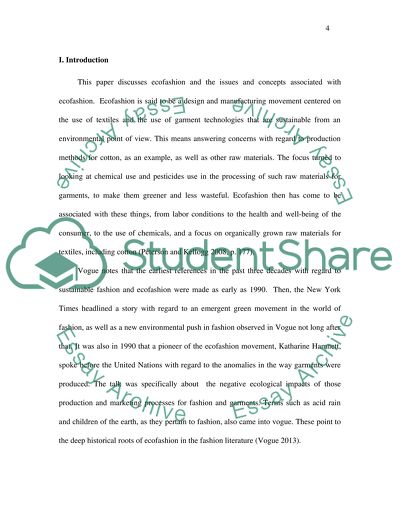Cite this document
(“Eco Fashion Essay Example | Topics and Well Written Essays - 2500 words”, n.d.)
Retrieved from https://studentshare.org/visual-arts-film-studies/1403928-eco-fashion
Retrieved from https://studentshare.org/visual-arts-film-studies/1403928-eco-fashion
(Eco Fashion Essay Example | Topics and Well Written Essays - 2500 Words)
https://studentshare.org/visual-arts-film-studies/1403928-eco-fashion.
https://studentshare.org/visual-arts-film-studies/1403928-eco-fashion.
“Eco Fashion Essay Example | Topics and Well Written Essays - 2500 Words”, n.d. https://studentshare.org/visual-arts-film-studies/1403928-eco-fashion.


